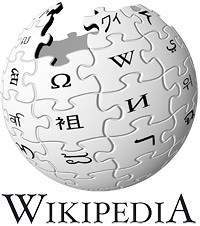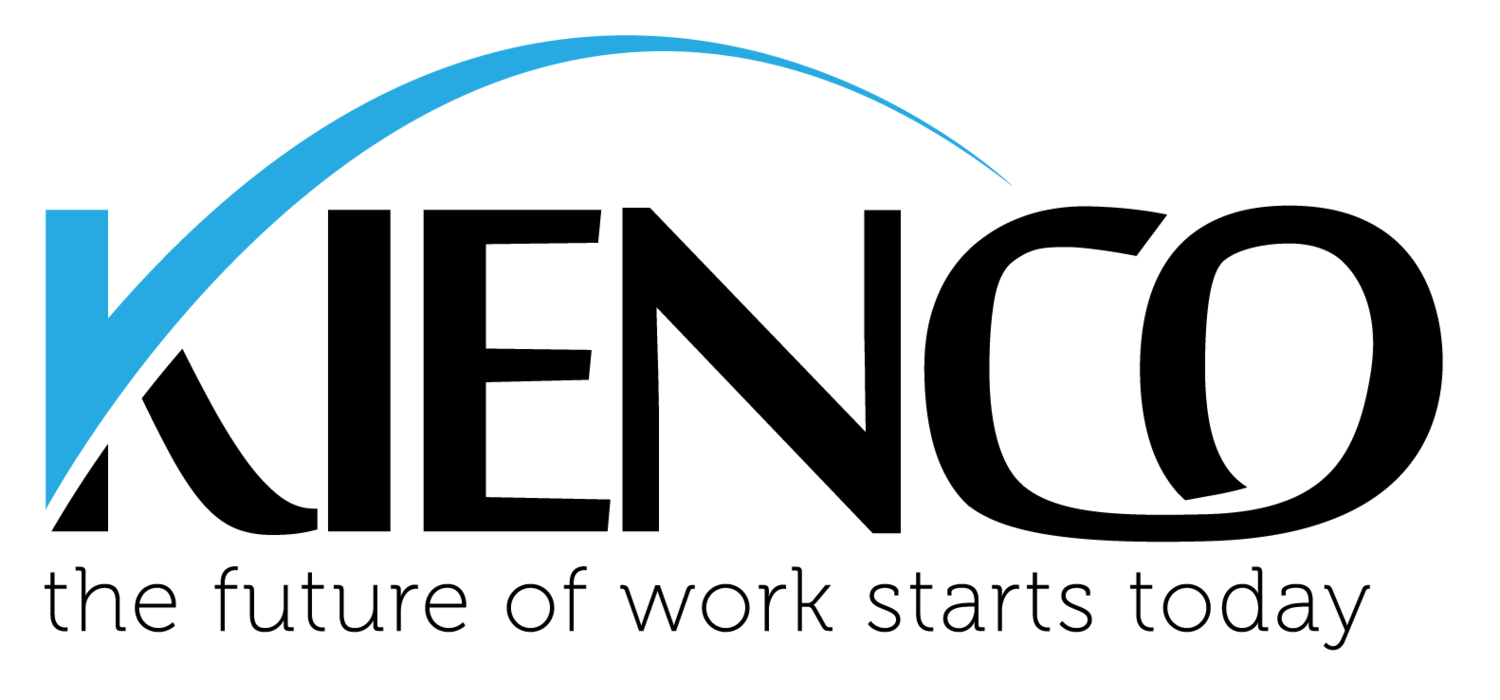Strategic Workforce Planning involves not only extrapolating existing trends, but a process called Environment Scanning. Environment Scanning is a process of carefully monitoring both the internal and external environment, and detecting early signs of opportunities and threats that might influence current and future tactics. In conjunction with segmentation, it's a powerful tool for preparing for your best future workforce.This post is one of a series of posts about trends that are occurring in the future of work. Today, change is occurring more rapidly than ever before. Globalization, Technology, and Economic turmoil, among other factors, are having huge consequences for the way we work now and into the future. I'm starting the series with Crowdsourcing, a trend that has been picking up momentum for many years, and has significant potential to change how organisations solve problems and innovate into the future.
What is Crowdsourcing?
Crowdsourcing is a distributed problem-solving and production model. Problems or elements of work are sent to "the crowd" in the form of an open call for solutions. Any member of the community of "crowd" can submit a solution, and in some cases will also rank and vote for the best solution. These best solutions are then owned by the company that broadcast the problem in the first place—the crowdsourcer—and the winning individuals and collaborators in the crowd are rewarded, usually but not always with money.
Early Forms of Crowdsourcing

Although not technology enabled, crowdsourcing dates back as early as 1714, when the British Government launched a competition with prizes for those who could advance research into a simple and practical method for determining a ship’s longitude. At that time, it was relatively easy to determine the latitude of a ship by the position of the sun, but impossible (at least during the day time) to accurately determine the longitude. Originally, the announced prizes were:
- £10,000 for a method that could determine longitude within 60 nautical miles (111 km);
- £15,000 for a method that could determine longitude within 40 nautical miles (74 km); and
- £20,000 for a method that could determine longitude within 30 nautical miles (56 km).
In the end, none of the announced prizes were paid out, but more than £100,000 pounds in total was paid out to participants, and the problem was solved, significantly so by John Harrison, whose device Captain James Cook ultimately used to make the first accurate charts of the South Sea Islands.
The Longitude prize is perhaps the first example of Crowdsourcing. Perhaps most telling about the power of Crowd-sourcing is the fact that Harrison had received limited education, but had a keen interest in machinery and was able to solve one of the 18th Century's most critical scientific challenges - one that had eluded government astonomers and mathematicians for decades.
197 years later, in 1911, another international competition was launched, this time for the design of the city now known as Canberra, the capital city of Australia. Canberra is known as the "bush capital" and is the only Capital City in Australia that's not coastal.

The city was built specifically to house the seat of government, as required by Section 125 of the Australian Constitution - because neither Sydney nor Melbourne could agree to the other being the national capital. The eventual winner of the design competition was Walter Burley Griffin.
Griffin is also credited with designing the L-shaped floor plan and the carport, though the latter was actually named by Frank Lloyd Wright, Griffin's mentor. One of the key features of Griffin's design was the lake that ran through the centre of the city. In his honour, the lake is called Lake Burley Griffin. (In actual fact, Burley was Griffin's middle name, and so the lake should really be called "Lake Griffin").
The city was named by crowdsourcing too - the Federal Department for Home Affairs ran a competition asking for suggestions on an appropriate name for the capital. Favourites included "Myola", "Federalia", and "Canberra"; as well as the more unlikely "Frontierland", "The Aryan City", "Utopia", and "Camelot". Some suggestions were on the Sydney / Melbourne rivalry theme ("Sydbourne"), others tried to incorporate all the existing state capitals of Australia ("Meladneyperbane" - unfortunately forgetting Hobart, and therefore probably disqualifying that entry). (source: The West Australian, Friday 24 January 1913).
In the end, the name Canberra was chosen - a name long associated with the location. Believed to be an Aboriginal word for "meeting place" (appropriate for the seat of Federal Parliament), it was later confirmed that the more literal translation was "A woman's cleavage", as Canberra is in a valley between two mountains (whoops!)
Modern Day Crowdsourcing
Quirky

There are many examples of crowdsourcing around today. One of my favourites is Quirky. Quirky is a community platform for inventors... individuals in the "Crowd" can submit an idea for an invention, that idea is voted on by the community, and Quirky selects the best ideas to move forward to the next stage. Ultimately, Quirky aims to produce two products a week. Quirky handles the manufacturing and distribution, but the ideation, design, and branding of the products it produces is largely done by the "Crowd". Quirky ultimately determine how "influence" gets shared among the contributors, but the 30% revenue from direct sales and 10% from indirect sales is generally split along these lines:
- Idea = 42%
- Collaboration = 6%. This is awarded if someone submits an idea, you suggest an improvement to it and they accept your suggestion, and the idea is successful. If there are no accepted suggestions, this 6% is usually added to the Winning Votes.
- Comparison = 3%. This is earned by submitting links to similar or related products. In this case, the idea doesn't have to get produced; influence is earned if it gets to "under consideration" stage.
- Winning Votes = 9% (or 15% if no "collaboration" influence is awarded). This is split between all people who voted for the idea before it was selected.
- Research = 5% - split between all people who respond to surveys etc.
- Design = 5% - 3.75% to people who propose successful design ideas; 1.25% to those who vote for them.
- Refine = 5% - suggested improvements stage.
- Color, Material, and Finish = 5% - split between everyone who votes for the winning proposal (the options are created by Quirky's in-house team)
- Naming = 5% (3.75% for the winning proposal, 1.25% for those who vote for the winning name)
- Tagline = 5% (3.75% for the winning proposal, 1.25% for those who vote for the winning tagline)
- Pricing = 10% - split between those who answer the (very simple) pricing survey within 7 days.
Wikipedia

Wikipedia is another example of crowdsourcing - the content is generated and edited by a range of users from all around the world, each of whom have (or at least, claim to have) expertise in the articles they are contributing to. In fact, this approach is not that dissimilar to the approach Encyclopædia Britannica took in sourcing its' content... the 2007 print edition had 4,411 contributors including Milton Friedman and Carl Sagan. Historically, its' contributors included Albert Einstein, Marie Curie, Leon Trotsky, and Isaac Asimov. The difference between the two approaches is that whereas Encyclopædia Britannica's contributors were invited, anyone with internet access is invited to contribute to and refine Wikipedia.
99Designs
99Designs is yet another modern example of Crowdsourcing. 99Designs is a platform for graphic design where users can get crowd-designed logos, webpages, brochures, etc. The requester describes their exact requirements, and dozens of designers submit concepts for review. Ultimately, the requester selects the concept they want to keep, and 99designs takes a commission of the payment. The cost depends on your location, for example currently in Australia it's $299 for a logo.
Benefits of Crowdsourcing
The benefits of crowdsourcing include:
- Being able to have multiple people collaborate on a project;
- Access to a diverse range of backgrounds, experiences, and contexts;
- Being able to supplement internal knowledge with skills that aren't in the company's core capabilities (for example, graphic design for a firm that doesn't have a graphic designer);
- Cost, depending on the implementation and the type of work to be crowdsourced;
- Feedback mechanisms and market testing are often built in, for example where the crowd themselves vote up or collaborate on submissions
The move towards corporate crowdsourcing by IBM

Some global corporations are beginning to leverage the benefits of crowdsourcing, particularly for project-based work. The first high-profile mover in that space was IBM with their "Liquid Challenge" Program. The program is interesting due to the scale, the fact that it’s public, and the fact that it’s IBM. 8000 of 20000 jobs in Germany will be lost and replaced with freelancers, through Liquid. In the Liquid Challenge Program, IBM project managers outsource design and programming components to freelancers (also known as IBM Liquid Players). The design and programming components are part of a larger technical solution that IBM is building. The work is broken down into small pieces and distributed to the players, and consolidated back into the overall project by the core team at IBM.
This is not without controversy, but allows IBM to source specialist skills as and when needed, and to save the "Bench" cost of having those specialist skills in-house during times of limited demand for those skills.From a Strategic Workforce Planning perspective, this is a really interesting way to align the supply and demand curves; it will be interesting to see how this specific example plays out.
Other organisations are using tools such as oDesk, eLance, TopCoder, and Amazon's Mechanical Turk to crowd-source components of work from an army of Freelancers too - it's a field that has the potential to significantly impact the way work is done well into the future.
Related articles
- John Harrison Info Sheet, Royal Naval Museum: http://www.royalnavalmuseum.org/info_sheets_john_harrison.htm
- IBM Liquid Project - Der Spiegel (in German): http://www.spiegel.de/spiegel/print/d-83865244.html
- The Joys (and Dangers) of Crowdsourced Marketing (searchengineguide.com)


